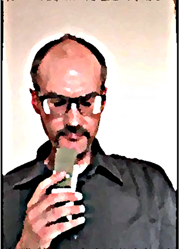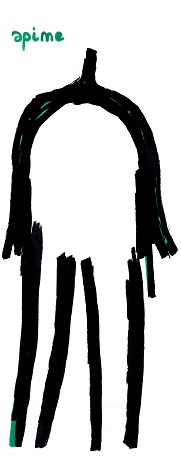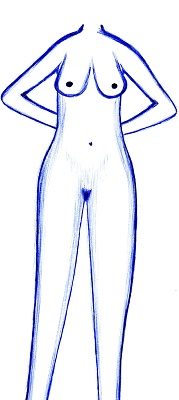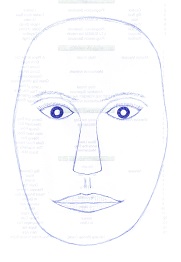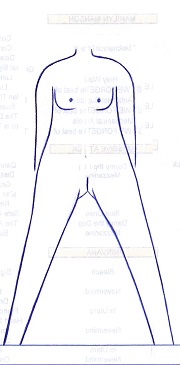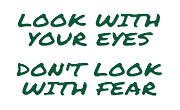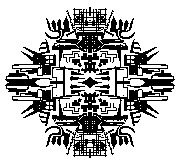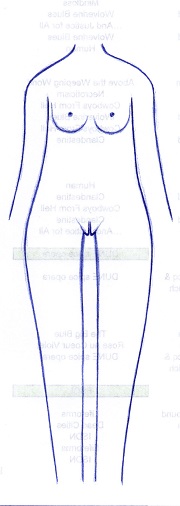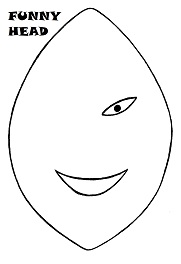|
I was born in 1974, so I witnessed the rise of Hollywood and television, I mean films and Hollywood began rising when my parents were young, but when I was young it rose a lot higher and a lot larger, and I can tell you none of the movies have white backdrop. I mean really, it's probably statistically incorrect, but from all the movies I've seen 0.0000001% have a white backdrop. There are no movies with white backdrops, no sir. Look at this video, this video has a white backdrop, and the uncomfortable things stand out really well, look at the video and you'll know what I mean, that's what I like about this video.
I tried to find a video from the french speaking community channel ARTE I saw in the late 90's, but didn't find it. It was about the symbolic meaning of white and black. There are a lot of videos about this topic, but this video was really good in the sense that it gave me a pair of glasses through which I can see the meaning of these symbols in all layers of everyday life. Name any layer of society, of the world, name any layer of existence itself actually, and it's there. What do I mean by that? It's there because it's in human nature, it's built in, if anyone can't see it he or she doesn't need to look somewhere else, no, if someone can't see it that's because they haven't been given the proper glasses to understand that we can only see the meanings of the symbol of white, and the meaning of the symbol black, as opposed to white if we look inwards, and we have to been given the proper glasses not only to understand that we have to look inwards to see that, but also to be able to look inwards. I can imagine someone would say: Well, can you give me something palpable, something tangible so that I can see the connection between the concept symbol (of white) and this so-called thing that's present in existence itself, in everyday life, everywhere? Well, human nature, and the nature of the human mind is like this: we want to show the good things, and hide the bad things. We want to hide what we want to hide, and show what we want to show. I'm not saying that it's the starting point, but it's a starting point. It's our nature. Yes, but some people think that there is no link between what we want to hide and what we want to show, and the colors white and black. Of course there is.
But how does it show on the screen? Well, if we want to hide certain sides or aspects of the people that are shown on the screen, we use either black or a color that's near black as backdrop to try and conceal these things, because everything you see on the screen, whether it's an object or a human or an animal or whatever, stands out with the colors surrounding the object. Now, your mind is systematically comparing the meaning of the symbols connected to the colors of the subject with the meaning of the symbols connected to the colors that are surrounding the subject. The human mind works this way: If the colors of subject and surroundings are contrasting, or you could say opposed to each other, then the meaning of the symbols of these colors are also contrasting, or you could say opposed. Then logic dictates us to believe that the clothes they are wearing on the screen or the color of the wall behind them surely can't tell us whether they are guilty or innocent, good or bad. Well, that's just the logical way of thinking that prevents us from being aware of the angle that the instincts use, and thus the point of view that our instincts give to our interpretations of what we see. It's the way the human mind works, it's not so hard to understand, in fact in Hollywood they understood it really well since the beginning. White is a symbol of many many things, most of these things are connected to each other, but I'm gonna stick with probably the most important symbolic meaning of white: innocence. I write it down in a very clear way, so that everybody can understand... (Hollywood way of thinking:) If we use a lot of white around and behind our actors and actresses the spectators will be aware of the idea of innocence just by watching the bright colors, and they will compare the people on the screen with the idea of innocence, and they will notice that they're not innocent, and so we don't want bright nor white colors to surround them, because we know the actors are not innocent, and we don't want the spectators to see that. It makes the spectators aware of the guilt of the actors, and because of that they also become aware of their own guilt. They don't want to be aware of their guilt. That's understandable, but it means these people are guilty. I know no one is innocent, but let's recognize that it would be better if people acknowledge their mistakes. If they acknowledge their errors they can try to fix it, or at least try to not make the same mistake again. If they don't recognize their mistakes, don't even try to think about fixing it or not making the same mistakes again. It doesn't work that way.
If you put an 'l' between the 'b' and the 'a' the word backdrop becomes blackdrop. Now you know what it means.
|


